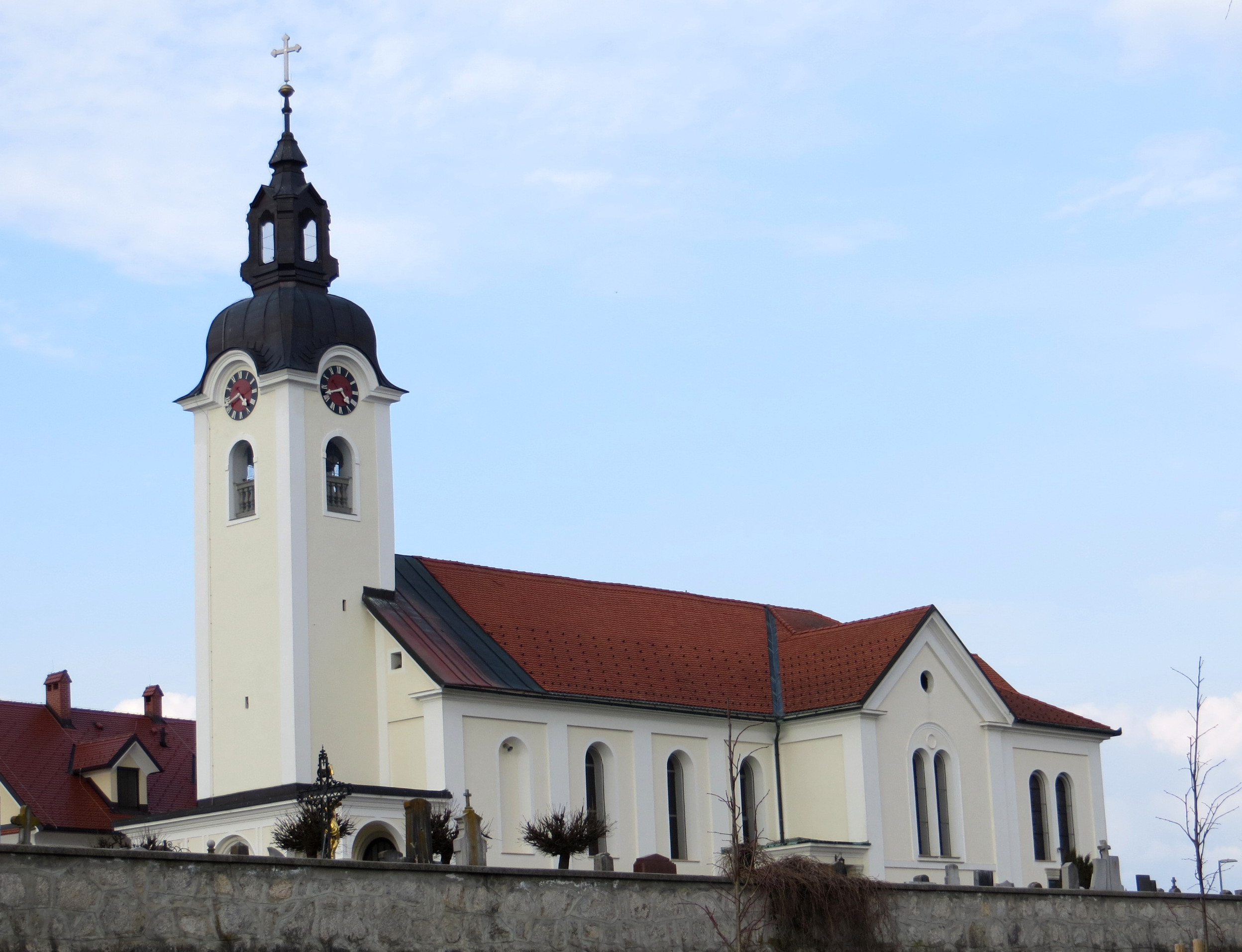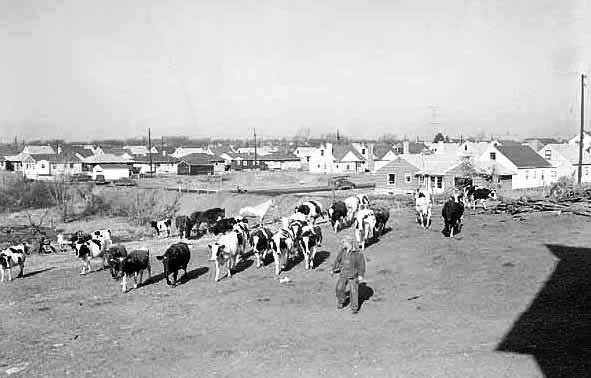|
Količevo
Količevo () is a settlement on the left bank of the Kamnik Bistrica River north of Domžale in the Upper Carniola region of Slovenia. Urbanization has meant that Količevo is rapidly becoming a suburb A suburb (more broadly suburban area) is an area within a metropolitan area. They are oftentimes where most of a metropolitan areas jobs are located with some being predominantly residential. They can either be denser or less densely populated ... of Domžale, rather than a distinct separate settlement. References External links *Količevo on Geopedia Populated places in the Municipality of Domžale {{Domžale-geo-stub ... [...More Info...] [...Related Items...] OR: [Wikipedia] [Google] [Baidu] |
Municipality Of Domžale
The Municipality of Domžale (, ) is a municipality in the Ljubljana Basin in Slovenia. The seat of the municipality is the town of Domžale. Geography The municipality lies near the foothills of the Kamnik Alps and is crossed by the Kamnik Bistrica, Kamnik Bistrica River, which originates in these mountains. Its landscape is characterized by forested hills and agricultural plains. Settlements In addition to the municipal seat of Domžale, the municipality also includes the following settlements: * Bišče * Brdo, Domžale, Brdo * Brezje pri Dobu * Brezovica pri Dobu * Češenik * Depala Vas * Dob, Domžale, Dob * Dobovlje * Dolenje, Domžale, Dolenje * Dragomelj * Goričica pri Ihanu * Gorjuša * Homec, Domžale, Homec * Hudo, Domžale, Hudo * Ihan * Jasen, Domžale, Jasen * Kokošnje * Količevo * Kolovec * Krtina, Domžale, Krtina * Laze pri Domžalah * Mala Loka, Domžale, Mala Loka * Nožice * Podrečje * Prelog, Domžale, Prelog * Preserje pri Radomljah * Pšata, Domžale, ... [...More Info...] [...Related Items...] OR: [Wikipedia] [Google] [Baidu] |
Flag Of Slovenia
The national flag of Slovenia () features three equal horizontal bands of white (top), blue, and red, with the coat of arms of Slovenia located in the upper hoist side of the flag centred in the white and blue bands. The coat of arms is a shield with the image of Mount Triglav, Slovenia's highest peak, in white against a blue background at the centre; beneath it are two wavy blue lines representing the Adriatic Sea and local rivers, and above it are three six-pointed golden stars arranged in an inverted triangle which are taken from the coat of arms of the Counts of Celje, the great Slovene dynastic house of the late 14th and early 15th centuries. The Slovenian flag's colours are considered to be Pan-Slavism, pan-Slavic, but they actually come from the Middle Ages, medieval coat of arms of the Holy Roman duchy of Carniola, consisting of 3 stars, a mountain, and three colours (red, blue, yellow), crescent. The existing Slovene tricolor, Slovene tricolour was raised for the first t ... [...More Info...] [...Related Items...] OR: [Wikipedia] [Google] [Baidu] |
Slovenia
Slovenia, officially the Republic of Slovenia, is a country in Central Europe. It borders Italy to the west, Austria to the north, Hungary to the northeast, Croatia to the south and southeast, and a short (46.6 km) coastline within the Adriatic Sea to the southwest, which is part of the Mediterranean Sea. Slovenia is mostly mountainous and forested, covers , and has a population of approximately 2.1 million people. Slovene language, Slovene is the official language. Slovenia has a predominantly temperate continental climate, with the exception of the Slovene Littoral and the Julian Alps. Ljubljana, the capital and List of cities and towns in Slovenia, largest city of Slovenia, is geographically situated near the centre of the country. Other larger urban centers are Maribor, Ptuj, Kranj, Celje, and Koper. Slovenia's territory has been part of many different states: the Byzantine Empire, the Carolingian Empire, the Holy Roman Empire, the Kingdom of Hungary, the Republic of Venice ... [...More Info...] [...Related Items...] OR: [Wikipedia] [Google] [Baidu] |
Upper Carniola
Upper Carniola ( ; ; ) is a traditional region of Slovenia, the northern mountainous part of the larger Carniola region. The largest town in the region is Kranj, and other urban centers include Kamnik, Jesenice, Jesenice, Jesenice, Domžale and Škofja Loka. It has around 300,000 inhabitants or 14% of the population of Slovenia. Historical background Its origins as a separate political entity can be traced back to the 17th century, when the Habsburg monarchy, Habsburg duchy of Duchy of Carniola, Carniola was divided into three administrative districts. This division was thoroughly described by the scholar Johann Weikhard von Valvasor in his 1689 work ''The Glory of the Duchy of Carniola''. The districts were known in German as (; ''kresija'' in old Slovene). They were: ''Upper Carniola'' with its administrative seat in Ljubljana, comprising the northern areas of the duchy; ''Lower Carniola'', comprising the east and south-east, with its administrative seat in Novo Mesto; an ... [...More Info...] [...Related Items...] OR: [Wikipedia] [Google] [Baidu] |
Statistical Regions Of Slovenia
The statistical regions of Slovenia are 12 administrative entities created in 2000 for legal and statistical purposes. Division By a decree in 2000, Slovenia has been divided into 12 statistical regions (Nomenclature of Territorial Units for Statistics, NUTS-3 level), which are grouped in two cohesion regions (NUTS-2 level). The statistical regions have been grouped into two cohesion regions are: *Eastern Slovenia (''Vzhodna Slovenija'' – SI01), which groups the Mura, Drava, Carinthia, Savinja, Central Sava, Lower Sava, Southeast Slovenia, and Littoral–Inner Carniola regions. *Western Slovenia (''Zahodna Slovenija'' – SI02), which groups the Central Slovenia, Upper Carniola, Gorizia, and Coastal–Karst regions. Sources Slovenian regions in figures 2014 See also *List of Slovenian regions by Human Development Index *Municipalities of Slovenia *Traditional regions of Slovenia References External links Regions Stat.si (accessed 15 December 2020). Map of st ... [...More Info...] [...Related Items...] OR: [Wikipedia] [Google] [Baidu] |
Central Slovenia Statistical Region
The Central Slovenia Statistical Region () is a Statistical regions of Slovenia, statistical region in central Slovenia. Geography This is the second-largest region in terms of territory. It has a total area of 2,555 km2, with a central position and good traffic connections in all directions, and the country's capital is located in it. Population The area is the most densely populated statistical region in Slovenia, with the largest number of inhabitants. The population in 2020 was 570,773. It had the highest proportion of people between ages 25 and 64 with a post-secondary education. Cities and towns The Central Slovenia Statistical Region includes 9 City, cities and towns, the largest of which is Ljubljana. Municipalities The Central Slovenia Statistical Region comprises the following 25 Municipalities of Slovenia, municipalities: * Municipality of Borovnica, Borovnica * Municipality of Brezovica, Brezovica * Municipality of Dobrepolje, Dobrepolje * Municipality ... [...More Info...] [...Related Items...] OR: [Wikipedia] [Google] [Baidu] |
Municipalities Of Slovenia
Slovenia is divided into 212 municipalities (Slovene language, Slovene: ''občine'', singular''občina''), of which 12 have urban (metropolitan) status. Municipalities are further divided into local communities and districts. Slovenia has the largest number of first-level administrative divisions of any country. The municipalities vary considerably in size and population, from the capital Ljubljana with more than 280,000 inhabitants to Hodoš with fewer than 400. Urban status is not granted strictly on the basis of population; the smallest urban municipality, Urban Municipality of Slovenj Gradec, Slovenj Gradec, has less than half as many inhabitants as the most populous non-urban municipality, Municipality of Domžale, Domžale. Slovene language, Slovene is the official language in all municipalities. Hungarian language, Hungarian is the second official language of three municipalities in Prekmurje: Dobrovnik/Dobronak, Hodoš/Hodos, and Lendava/Lendva. Italian language, Italian ... [...More Info...] [...Related Items...] OR: [Wikipedia] [Google] [Baidu] |
Kamnik Bistrica
The Kamnik Bistrica (, ) is an Alpine river in northern Slovenia, a left tributary of the Sava River. It springs from the Kamnik Alps (part of the Southern Limestone Alps) near the border with Austria. It is long. The Kamnik Bistrica flows through the town of Kamnik, where it is fed by the Nevljica River. It flows into the Sava south of Videm, about 10 km east of Ljubljana. Course and catchment geology The Kamnik Bistrica rises from a karst spring at about 630 m above sea level on the southern flank of the Kamnik–Savinja Alps and follows a steep, 32.8 km course southeast to join the Sava near Domžale. Draining roughly 380 km2 of mostly forested limestone and dolomite highlands, the river begins as an ice-cold, crystal-clear alpine stream but gathers both flow and sediment as it descends through a succession of narrow glacial valleys, gravelly floodplains, and finally lowland terraces of Pleistocene and Holocene age. Its principal tributaries are the left ... [...More Info...] [...Related Items...] OR: [Wikipedia] [Google] [Baidu] |
Domžale
Domžale (; )''Leksikon občin kraljestev in dežel zastopanih v državnem zboru,'' vol. 6: ''Kranjsko''. 1906. Vienna: C. Kr. Dvorna in Državna Tiskarna, p. 24. is a town and the seat of the Municipality of Domžale in Slovenia. The town lies near the foothills of the Kamnik Alps and is crossed by the Kamnik Bistrica River. It includes the hamlets of Zgornje Domžale (; ), Spodnje Domžale (; ), and Študa. Domžale is known today for its small businesses, agriculture, and light industry. Name Domžale was attested in written sources circa 1200–1230 as ''Domsselsdorf'' (and as ''Vnheilden dorf'' in 1260, ''Vnsselsdorf'' in 1302, ''Vnsersdorf'' in 1322, ''Dumsel'' in 1490, and ''Damschale'' in 1558, among other variations.) The medieval German name ''Unser(s)dorf'' is derived from ''(D)unselsdorf'', which was presumably borrowed from the Slovene name and from which the initial ''D-'' was lost because it was reanalyzed as a definite article. The Slovene name could be reconstruct ... [...More Info...] [...Related Items...] OR: [Wikipedia] [Google] [Baidu] |
Urbanization
Urbanization (or urbanisation in British English) is the population shift from Rural area, rural to urban areas, the corresponding decrease in the proportion of people living in rural areas, and the ways in which societies adapt to this change. It can also mean population growth in urban areas instead of rural ones. It is predominantly the process by which towns and City, cities are formed and become larger as more people begin to live and work in central areas. Although the two concepts are sometimes used interchangeably, urbanization should be distinguished from Urban sprawl, urban growth. Urbanization refers to the ''proportion'' of the total national population living in areas classified as urban, whereas urban growth strictly refers to the ''absolute'' number of people living in those areas. It is predicted that by 2050, about 64% of the developing world and 86% of the developed world will be urbanized. This is predicted to generate artificial scarcities of land, lack of dr ... [...More Info...] [...Related Items...] OR: [Wikipedia] [Google] [Baidu] |
Suburb
A suburb (more broadly suburban area) is an area within a metropolitan area. They are oftentimes where most of a metropolitan areas jobs are located with some being predominantly residential. They can either be denser or less densely populated than the city and can have a higher or lower rate of detached single family homes than the city as well. Suburbs can have their own political or legal jurisdictions, especially in the United States, but this is not always the case, especially in the United Kingdom, where most suburbs are located within the administrative boundaries of cities. In most English-speaking world, English-speaking countries, suburban areas are defined in contrast to core city, central city or inner city areas, but in Australian English and South African English, ''suburb'' has become largely synonymous with what is called a "neighborhood" in the U.S. Due in part to historical trends such as white flight, some suburbs in the United States have a higher population ... [...More Info...] [...Related Items...] OR: [Wikipedia] [Google] [Baidu] |






